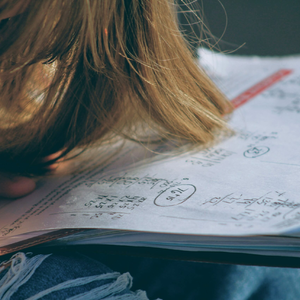
Math Misconceptions: Mapping Major Math Misunderstandings - The Learning Agency Lab %
- Article
- Feb 27, 2023
- #Math #Education
Educators and researchers have spent decades studying learners’ ideas, errors, and misconceptions, but the use of that knowledge has not yet permeated the classroom. Discovering lea...
Show More